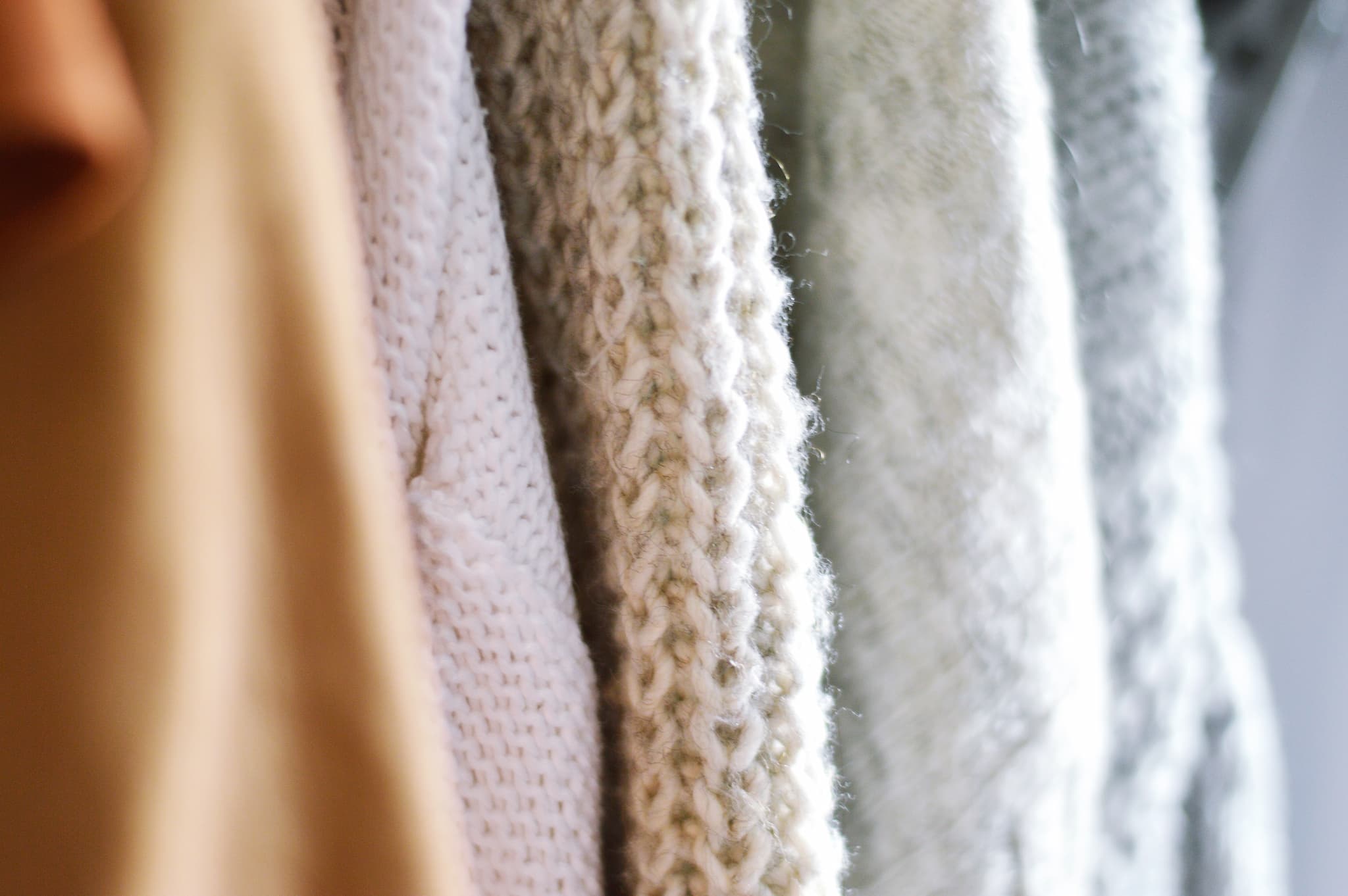Question
Closed-loop recycling systems have already been successfully established for some product and material groups – they are called cradle-to-cradle platforms because they lead not only from the cradle to the grave, but also back to the cradle. The best known is the closed collection and recycling system for PET drinking bottles. Is it possible to set up something like this for the textile industry?
Approach
In order to set an impulse in this direction, the ecoplus Platform for Green Transformation & Bioeconomy has started a Circular Textiles Initiative together with the consulting firm accilium. In the first step, the current status of textile recycling in Austria will be surveyed and a comparison made with other economic areas. The stakeholders surveyed include manufacturers, collectors and sorters of textiles as well as disposal companies. Rental textile companies have a special role to play: they have more consistent control over the life cycle of the pieces and the quality with which they are disposed of.
One of the biggest challenges to building a closed loop system in the textile sector is that no viable business model for it exists yet. Currently, textiles are not collected by type, and in addition, many mixed textiles (different types of fibres are also found in one garment) are in circulation and trends such as “fast fashion” increase the amount of waste.
The survey is therefore intended to work out which gaps currently exist and need to be closed in order to establish a Cradle to Cradle platform. Tailwind comes from the societal demand for a sustainable approach to textile waste, which is brought to the attention of many companies.
Result
The results of the survey will be summarised in a study that will be presented at the Global Fiber Congress in Dornbirn. They provide an overview of the different interests of companies active in the textile sector and show the existing know-how on the subject of textile recycling. On this basis, potential partners of the textile recycling initiative can be identified.
